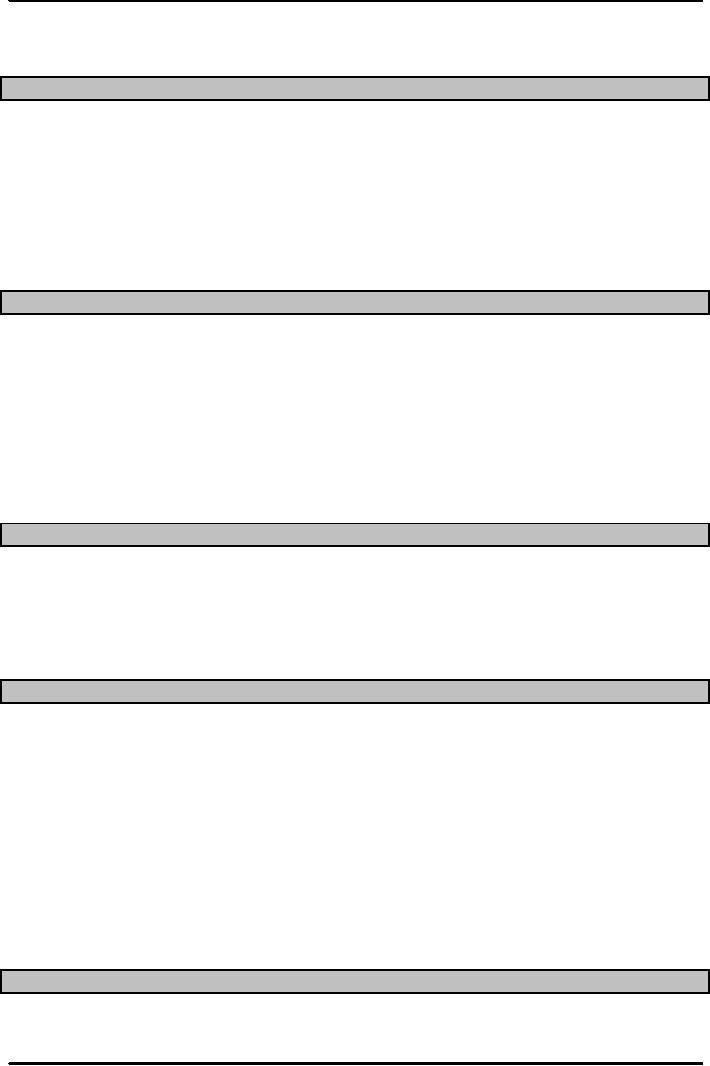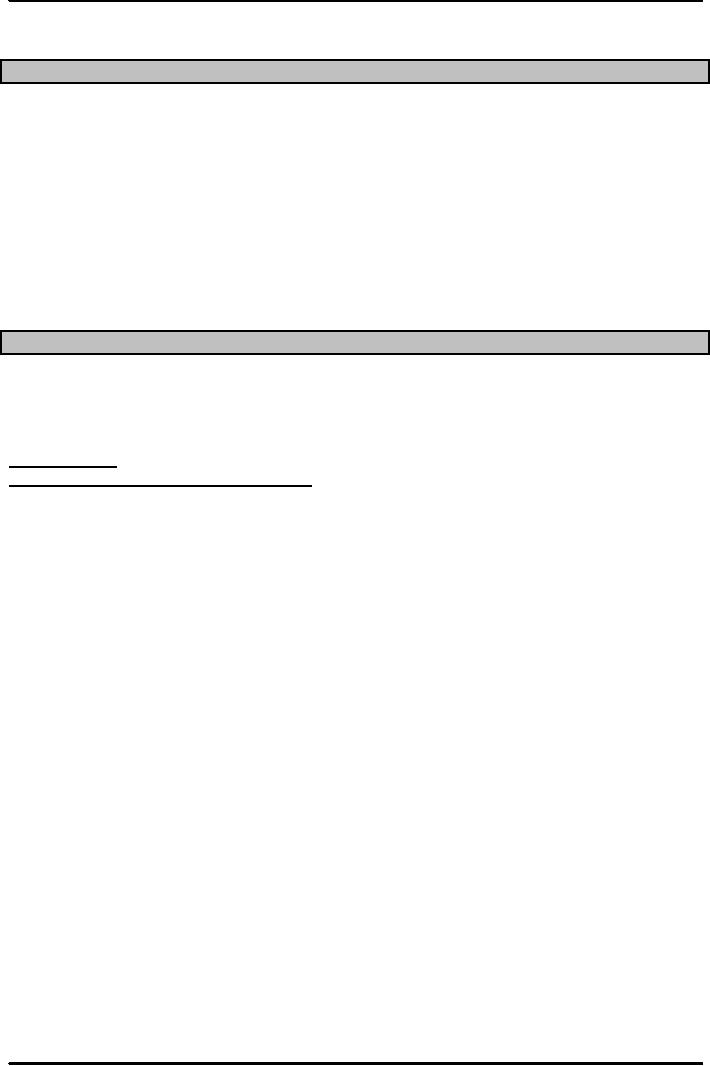 |

Production
and Operations Management
MGT613
VU
Lesson
31
INVENTORY
MANAGEMENT
Learning
Objectives
Our
discussion on Inventory Management
would be complete only when we
are able to learn
and
understand
the types of Inventories and objectives of
Inventory Control. This
would ensure that we
are
able
to understand the major reasons for
holding inventories. We would be
able to differentiate between
independent
and dependent demand. We will also
learn the requirements of an effective
inventory
management
system. We will review both
periodic as well as perpetual
Inventory systems. We
will
discuss
in detail the ABC approach with a
suitable example. Since our
discussion would extend
over
three
lectures we will also
discuss the objectives of inventory
management, describe the basic
EOQ
model,
Economic Run Size, Quantity
Discount Model with solved
examples.
Types
of Inventories
The
five common types of inventories
are:
1.
Raw materials & purchased
parts.
2.
Partially
completed goods called work
in progress.
3.
Finished-goods inventories:
a.
(manufacturing
firms)
or
b.
merchandise, (retail
stores)
4.
Goods-in-transit to warehouses or
customers.
5.
Replacement parts, tools, &
supplies.
Objective
of Inventory Control
To
achieve satisfactory levels of customer service
while keeping inventory
costs within
reasonable
bounds.
Operations Managers are well
aware of the fact that
customer services with
respect to Inventory
takes
into account both the
internal customers as well as
external customers.
1.
Level of customer service.
2.
Costs of ordering and carrying
inventory.
Functions
of Inventory
A
manufacturing organization has one or
more of the following functions of
inventory in mind when
it
tries
to set up a pragmatic and effective
inventory management
system.
1.
To meet anticipated
demand.
2.
To smooth production requirements.
3.
To decouple operations.
4.
To protect against stock-outs.
5.
To take advantage of quantity
discounts.
6.
To permit operations.
7.
To help hedge against price
increases.
8.
To take advantage of order cycles.
Requirements
of Effective Inventory
Control
Management
has two basic functions
concerning Inventory.
1.
To make decisions about how
much and when to
order.
145

Production
and Operations Management
MGT613
VU
2.
To establish a system of keeping track of
items in an inventory.
Effective
Inventory Management
An
Inventory Management System
would be called Effective if it is
able to fulfill the
following
requirements.
1.
A
system to keep track of
inventory.
2.
A
reliable forecast of demand.
3.
Knowledge
of lead times.
4.
Reasonable
estimates of:
a.
Holding costs
b.
Ordering costs
c.
Shortage costs
5.
A classification system.
Inventory
Counting Systems
There
are two famous types of
Inventory Counting
Systems
1.
Periodic System
2.
Perpetual Inventory System(
CONTINUAL)
Periodic
System:
Physical count of items made at
periodic intervals.
Perpetual
Inventory System(
CONTINUAL):
System that keeps track of
removals from inventory
continuously,
thus monitoring current
levels of each item. Perpetual
Inventory Systems can be
simple or
complex,
the two common perpetual Inventory
systems found in Pakistan are
the:
Two-Bin
System - Two
containers of inventory; reorder when the
first is empty.
Universal
Bar Code - Bar
code printed on a label that
hasinformation about the
item
to
which it is attached.
146
Table of Contents:
- INTRODUCTION TO PRODUCTION AND OPERATIONS MANAGEMENT
- INTRODUCTION TO PRODUCTION AND OPERATIONS MANAGEMENT:Decision Making
- INTRODUCTION TO PRODUCTION AND OPERATIONS MANAGEMENT:Strategy
- INTRODUCTION TO PRODUCTION AND OPERATIONS MANAGEMENT:Service Delivery System
- INTRODUCTION TO PRODUCTION AND OPERATIONS MANAGEMENT:Productivity
- INTRODUCTION TO PRODUCTION AND OPERATIONS MANAGEMENT:The Decision Process
- INTRODUCTION TO PRODUCTION AND OPERATIONS MANAGEMENT:Demand Management
- Roadmap to the Lecture:Fundamental Types of Forecasts, Finer Classification of Forecasts
- Time Series Forecasts:Techniques for Averaging, Simple Moving Average Solution
- The formula for the moving average is:Exponential Smoothing Model, Common Nonlinear Trends
- The formula for the moving average is:Major factors in design strategy
- The formula for the moving average is:Standardization, Mass Customization
- The formula for the moving average is:DESIGN STRATEGIES
- The formula for the moving average is:Measuring Reliability, AVAILABILITY
- The formula for the moving average is:Learning Objectives, Capacity Planning
- The formula for the moving average is:Efficiency and Utilization, Evaluating Alternatives
- The formula for the moving average is:Evaluating Alternatives, Financial Analysis
- PROCESS SELECTION:Types of Operation, Intermittent Processing
- PROCESS SELECTION:Basic Layout Types, Advantages of Product Layout
- PROCESS SELECTION:Cellular Layouts, Facilities Layouts, Importance of Layout Decisions
- DESIGN OF WORK SYSTEMS:Job Design, Specialization, Methods Analysis
- LOCATION PLANNING AND ANALYSIS:MANAGING GLOBAL OPERATIONS, Regional Factors
- MANAGEMENT OF QUALITY:Dimensions of Quality, Examples of Service Quality
- SERVICE QUALITY:Moments of Truth, Perceived Service Quality, Service Gap Analysis
- TOTAL QUALITY MANAGEMENT:Determinants of Quality, Responsibility for Quality
- TQM QUALITY:Six Sigma Team, PROCESS IMPROVEMENT
- QUALITY CONTROL & QUALITY ASSURANCE:INSPECTION, Control Chart
- ACCEPTANCE SAMPLING:CHOOSING A PLAN, CONSUMERíS AND PRODUCERíS RISK
- AGGREGATE PLANNING:Demand and Capacity Options
- AGGREGATE PLANNING:Aggregate Planning Relationships, Master Scheduling
- INVENTORY MANAGEMENT:Objective of Inventory Control, Inventory Counting Systems
- INVENTORY MANAGEMENT:ABC Classification System, Cycle Counting
- INVENTORY MANAGEMENT:Economic Production Quantity Assumptions
- INVENTORY MANAGEMENT:Independent and Dependent Demand
- INVENTORY MANAGEMENT:Capacity Planning, Manufacturing Resource Planning
- JUST IN TIME PRODUCTION SYSTEMS:Organizational and Operational Strategies
- JUST IN TIME PRODUCTION SYSTEMS:Operational Benefits, Kanban Formula
- JUST IN TIME PRODUCTION SYSTEMS:Secondary Goals, Tiered Supplier Network
- SUPPLY CHAIN MANAGEMENT:Logistics, Distribution Requirements Planning
- SUPPLY CHAIN MANAGEMENT:Supply Chain Benefits and Drawbacks
- SCHEDULING:High-Volume Systems, Load Chart, Hungarian Method
- SEQUENCING:Assumptions to Priority Rules, Scheduling Service Operations
- PROJECT MANAGEMENT:Project Life Cycle, Work Breakdown Structure
- PROJECT MANAGEMENT:Computing Algorithm, Project Crashing, Risk Management
- Waiting Lines:Queuing Analysis, System Characteristics, Priority Model